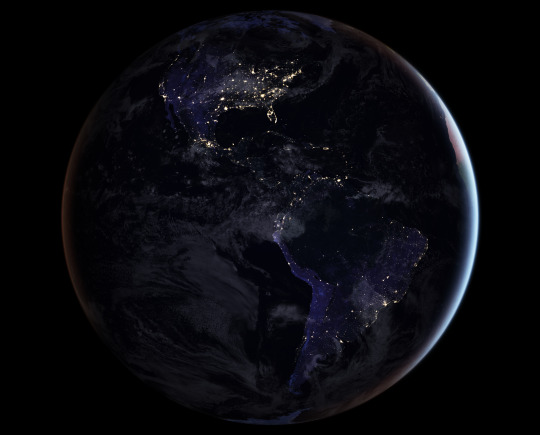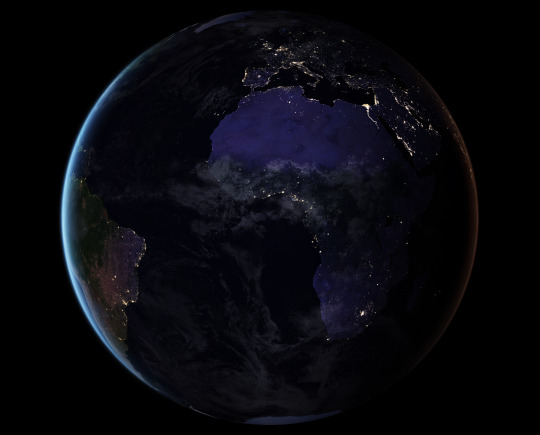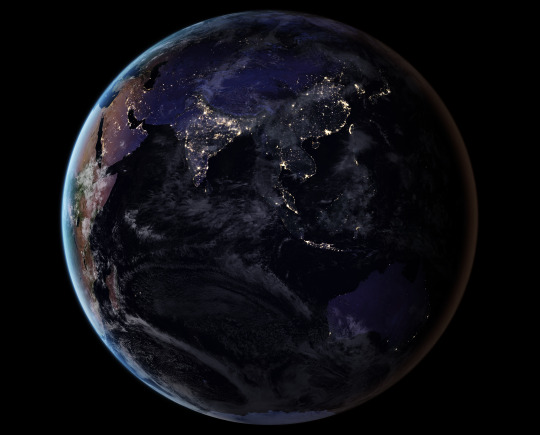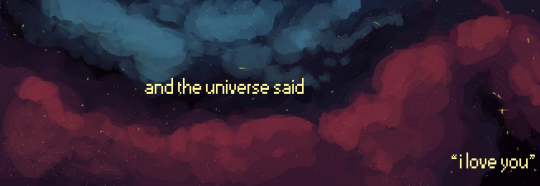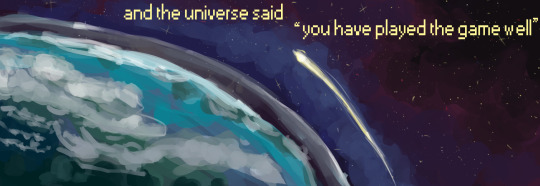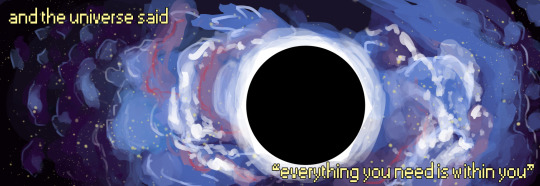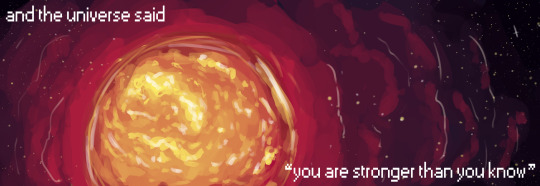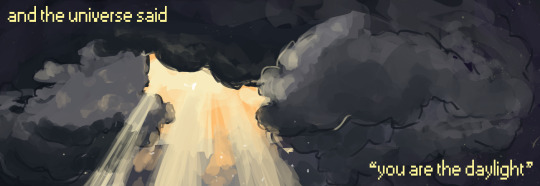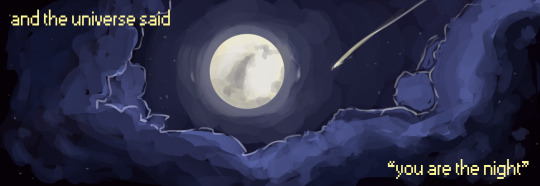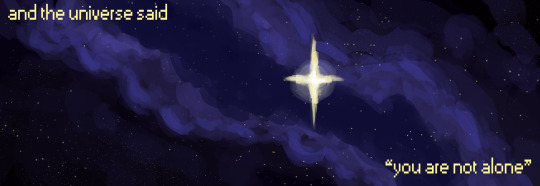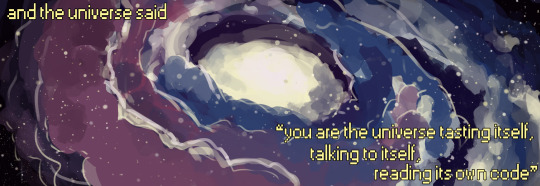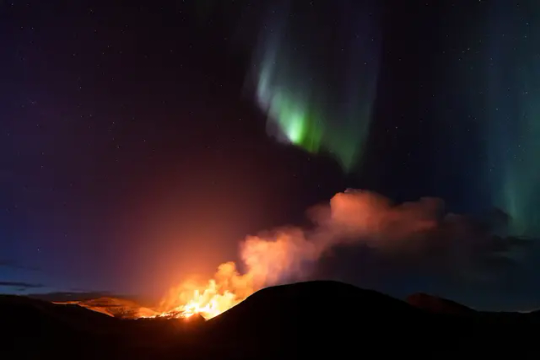Photo

Moon, Jupiter and Venus on Palermo, Italy.
13K notes
·
View notes
Text
Timeline of the far future (Astronomical)
The timelines displayed here cover events from the beginning of the 11th millennium to the furthest reaches of future time. A number of alternative future events are listed to account for questions still unresolved, such as whether humans will become extinct, whether protons decay, and whether the Earth survives when the Sun expands to become a red giant.
10,000 years

The red supergiant star Antares will likely have exploded in a supernova. The explosion is expected to be easily visible in daylight. (1,000 000 for Betelgeuse)
36,000 years

The small red dwarf Ross 248 will pass within 3.024 light-years of Earth, becoming the closest star to the Sun. It will recede after about 8,000 years, making first Alpha Centauri again and then Gliese 445 the nearest stars.
100,000 yeas
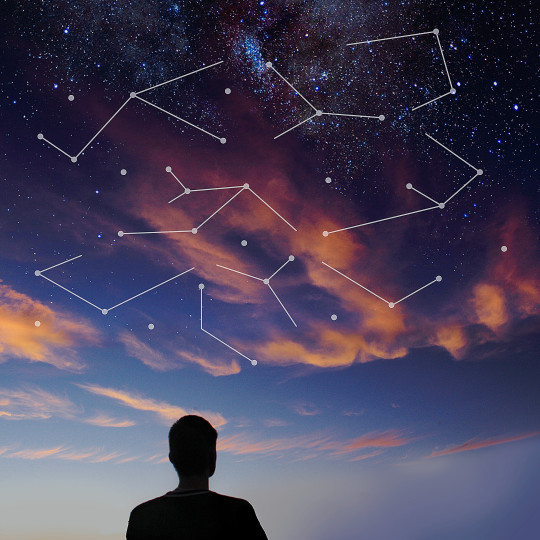
The proper motion of stars across the celestial sphere, which is the result of their movement through the Milky Way, renders many of the constellations unrecognisable.
1 million years
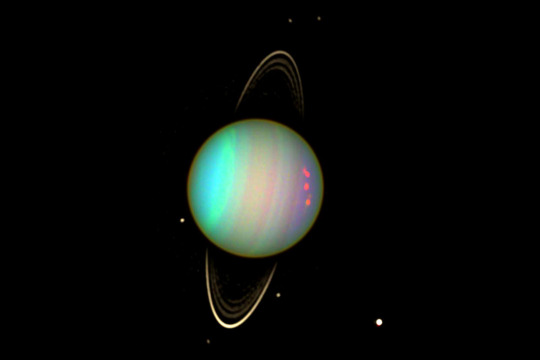
Desdemona and Cressida, moons of Uranus, will likely have collided.
50 million years
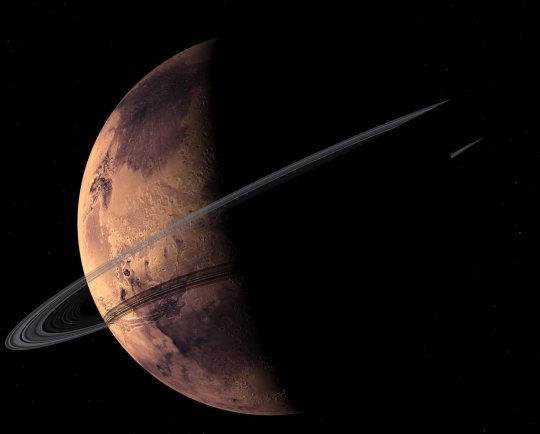
Maximum estimated time before the moon Phobos collides with Mars.
600 million years
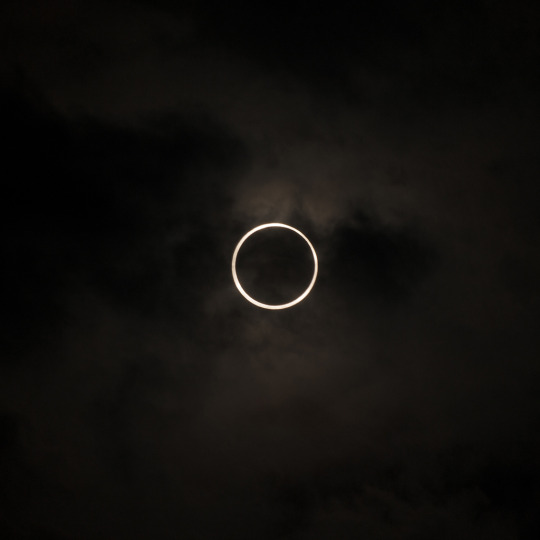
Tidal acceleration moves the Moon far enough from Earth that total solar eclipses are no longer possible.
3 billion years
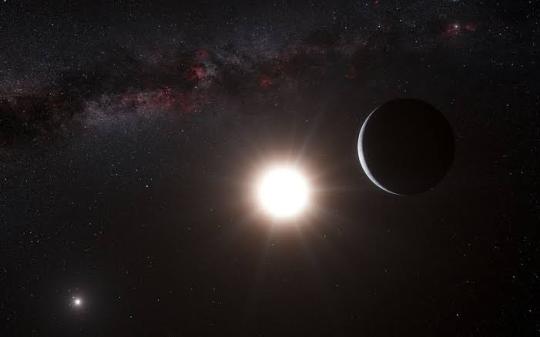
There is a roughly 1-in-100,000 chance that the Earth might be ejected into interstellar space by a stellar encounter before this point, and a 1-in-3-million chance that it will then be captured by another star. Were this to happen, life, assuming it survived the interstellar journey, could potentially continue for far longer.
3.6 billion years
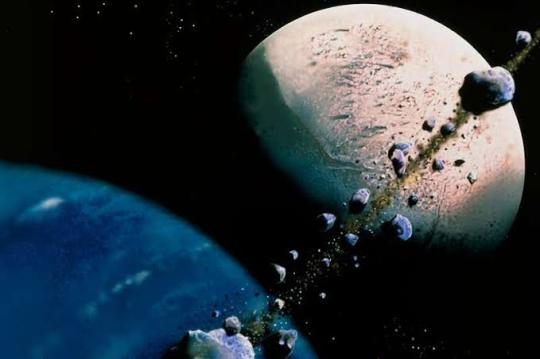
Neptune’s moon Triton falls through the planet’s Roche limit, potentially disintegrating into a planetary ring system similar to Saturn's
4 billion years
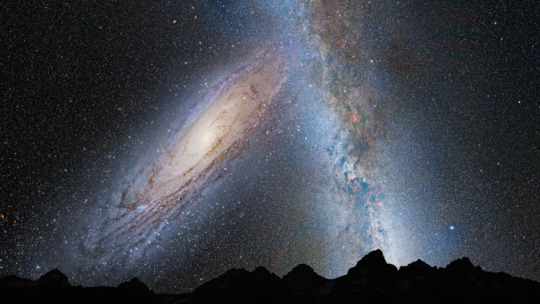
Median point by which the Andromeda Galaxy will have collided with the Milky Way, which will thereafter merge to form a galaxy dubbed “Milkomeda”. The planets of the Solar System are expected to be relatively unaffected by this collision.
5.4 billion years
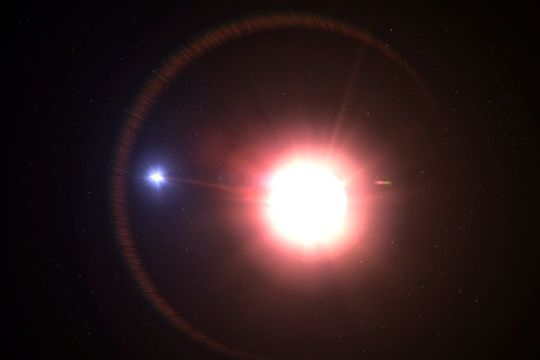
With the hydrogen supply exhausted at its core, the Sun leaves the main sequence and begins to evolve into a red giant.
7.59 billion years
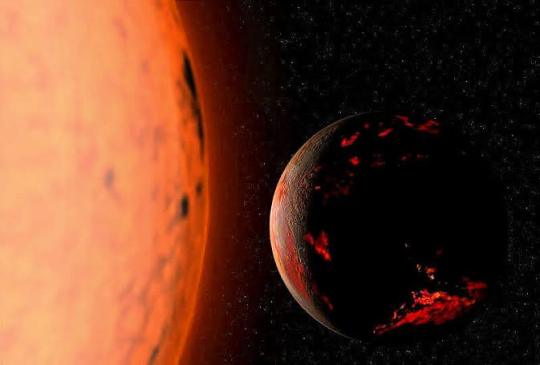
The Earth and Moon are very likely destroyed by falling into the Sun, just before the Sun reaches the tip of its red giant phase and its maximum radius of 256 times the present-day value. Before the final collision, the Moon possibly spirals below Earth's Roche limit, breaking into a ring of debris, most of which falls to the Earth’s surface. During this era, Saturn’s moon Titan may reach surface temperatures necessary to support life. 7.9 billion years: The Sun reaches the tip of the red-giant branch of the Hertzsprung–Russell diagram, achieving its maximum radius of 256 times the present-day value. In the process, Mercury, Venus, and very likely Earth are destroyed.
100-150 billion years
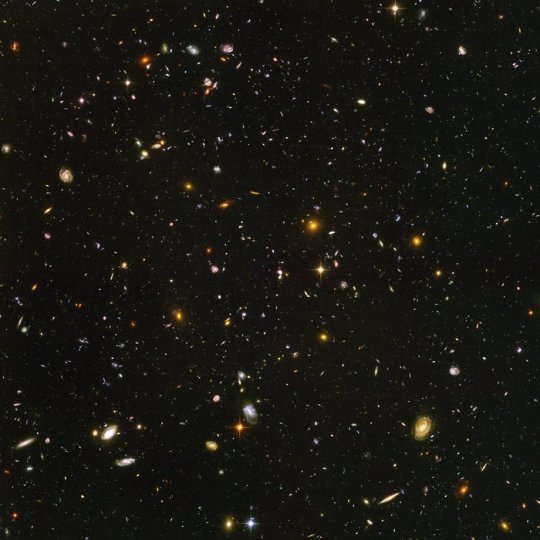
The Universe’s expansion causes all galaxies beyond the former Milky Way’s Local Group to disappear beyond the cosmic light horizon, removing them from the observable universe.
800 billion years
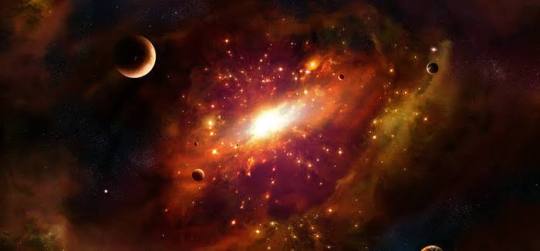
Expected time when the net light emission from the combined “Milkomeda” galaxy begins to decline as the red dwarf stars pass through their blue dwarf stage of peak luminosity.
1014 (100 trillion years)

High estimate for the time until normal star formation ends in galaxies. This marks the transition from the Stelliferous Era to the Degenerate Era; with no free hydrogen to form new stars, all remaining stars slowly exhaust their fuel and die.
1030 years
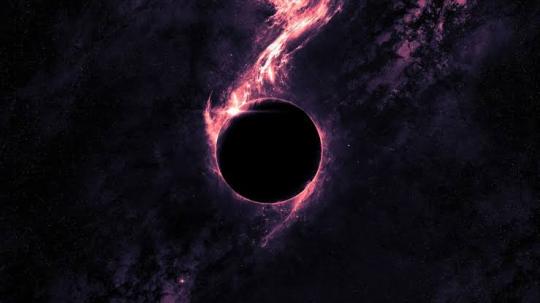
Estimated time until those stars not ejected from galaxies (1%–10%) fall into their galaxies’ central supermassive black holes. By this point, with binary stars having fallen into each other, and planets into their stars, via emission of gravitational radiation, only solitary objects (stellar remnants, brown dwarfs, ejected planetary-mass objects, black holes) will remain in the universe.
2×1036 years
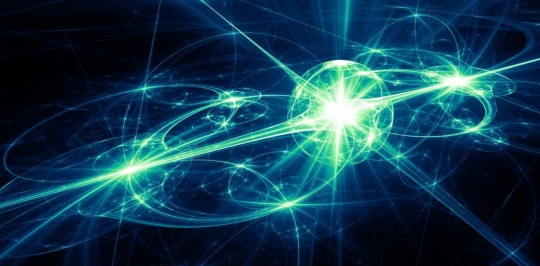
Estimated time for all nucleons in the observable universe to decay, if the hypothesized proton half-life takes its smallest possible value (8.2×1033 years).
5.8×1068 years
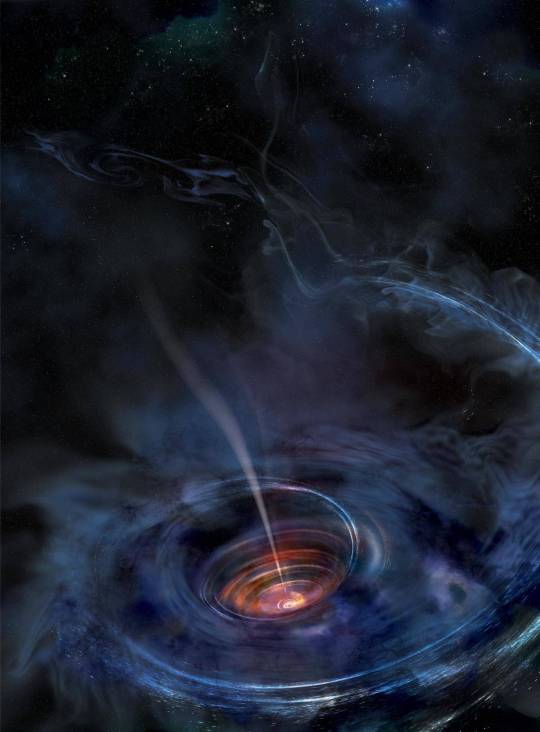
Estimated time until a stellar mass black hole with a mass of 3 solar masses decays into subatomic particles by Hawking radiation.
10^10^10^68 years
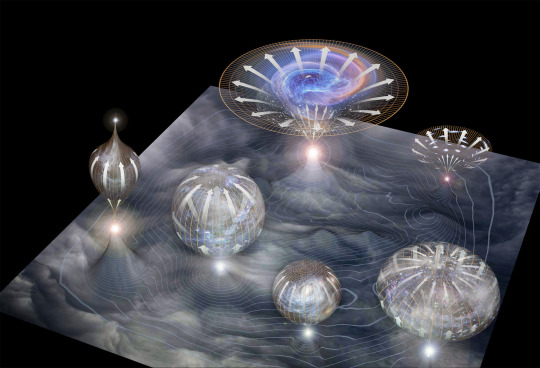
Around this vast timeframe, quantum tunnelling in any isolated patch of the vacuum could generate, via inflation, new Big Bangs giving birth to new universes.
Because the total number of ways in which all the subatomic particles in the observable universe can be combined is 10^10^150 a number which, when multiplied by10^10^10^56, disappears into the rounding error, this is also the time required for a quantum-tunnelled and quantum fluctuation-generated Big Bang to produce a new universe identical to our own, assuming that every new universe contained at least the same number of subatomic particles and obeyed laws of physics within the range predicted by string theory.
(source)
8K notes
·
View notes
Text
˚ ✦ . . ˚ . . ✦ ˚ . ★⋆. this user loves the night sky . ˚ ✭ * ✦ . . ✦ ˚ ˚ .˚ ✭ . . ˚ . ✦
15K notes
·
View notes
Note
In a place where nothing matters, dancing around a shooting star. And every cell remembers what have taken us this far. I see images of killer whales sleeping in a desert trail, dreaming of a parallel world where nothing ever hurts. -AURORA
The natural world is the greatest source of excitement; the greatest source of visual beauty; the greatest source of intellectual interest. It is the greatest source of so much in life that makes life worth living." -David Attenborough

104 notes
·
View notes
Text
Now that i have seen many faces of Kirishima Miyami...








Me and Inamori definitely have the same opinion of him🤣

I ended up reading up to 2am for this adorable boy and now i cant stop thinking about him so putting my thoughts here shortly just gonna say

I might be obsessed at this point... this is gonna be an issue😭😭😭
691 notes
·
View notes
Text




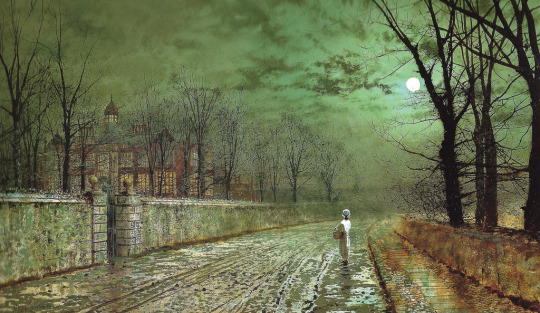


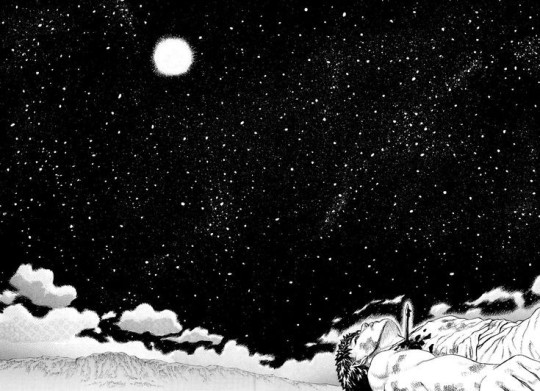
Mitski, "my love mine all mine" // Oscar Wilde, "the nightingale and the rose" // Robert Frost, "going for water" // Emily Brontë, "wuthering heights" // Atkinson Grimshaw, "a moonlit evening" // Chase Atlantic "moonlight" // Joseph Sheridan la Fanu, "Carmilla" // Kentaro Miura, "berserk"
166 notes
·
View notes
Photo
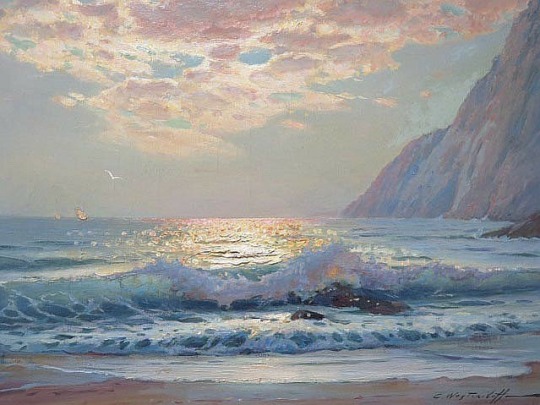
Coucher de Soleil Sur la Mer, Constantin Westchiloff (Russian, 1877–1945)
36K notes
·
View notes
